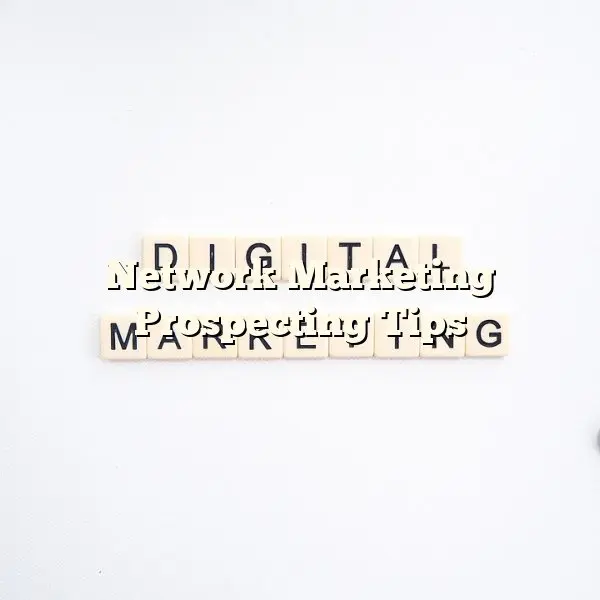Nothing is more rewarding that writing for children. Seeing characters, fictional stories, and ideas come to life is nothing less of enchanting. While most may feel they’ve written the next best seller, the question, after having completed a writing masterpiece, is how to get the book published. For those without much knowledge of the publishing industry it can be a confusing experience, which may leave many continuing to wonder how do I get a childrens book published.
Research is key to understanding how the traditional publishing world works. In the past authors submitted their work to publishing houses who rejected or accepted their work. If they were rejected the only option was to continue to offer the work to other publishers.
Publishing has, however, changed. In today’s publishing market traditional publishing houses are less likely to take a risk on a new author, and if they do are more likely to require the author to do some of the marketing themselves. Many authors who either can’t get approved through traditional methods, or don’t want to share a major portion of the profits, have turned to the Internet. Independent publishing not only offers avenues for success with new authors, but also offers a mass market like never before.
Book sellers now offer independent author pages, and offer consumers quick and easy payment, download and reading options. This was not always the case, but now that booksellers have made buying, and instant access to books so easy and available it has resulted in a publishing boom. With this boom has also come a growing electronic audience, and opportunities for self marketing like never before.
Reader reviews are a common occurrence when authors publish through online book sellers. Direct communication with readers is now possible, in ways that simply wasn’t available to authors in the past. Book signings, and other events were traditional methods, which are still a standard, but online activities and events in author communities and regional areas are becoming more and more common.
Social networking and Internet fan clubs, as well as self publishing options through online booksellers have also offered the opportunity for authors to sell and connect with their readers. In an instant, authors are able to benefit from reader feedback on author pages that can be connected to personal cell phones, or other methods of tracking marketing campaigns. They are also able to plan events, book release parties, and connect with other authors.
Authors also implement features such as contests, special events, giveaways, and fun activities associated with their books. Social networking has opened the door to opportunities for self-marketing in a way that couldn’t have been dreamed before. This alone has empowered authors to sell their work, relying less and less on traditional forms of publishing. It also offers authors the ability to connect, learn from each other, and network toward similar goals.
Once upon a time self publishing authors went into agreements with printers to publish a certain number of books. This meant they became their own marketing agent to bookstores. Today that is no longer necessary. Print on demand, which only prints the amount of books sold, and works in conjunction with online booksellers, offers much greater control. Children’s authors can now sell their work both electronically and in print, with the convenience of online publishing shipping their books. Authors no longer have to ask the question how do I get a childrens book published.
Read more about How Do I Get A Childrens Book Published visiting our website.



